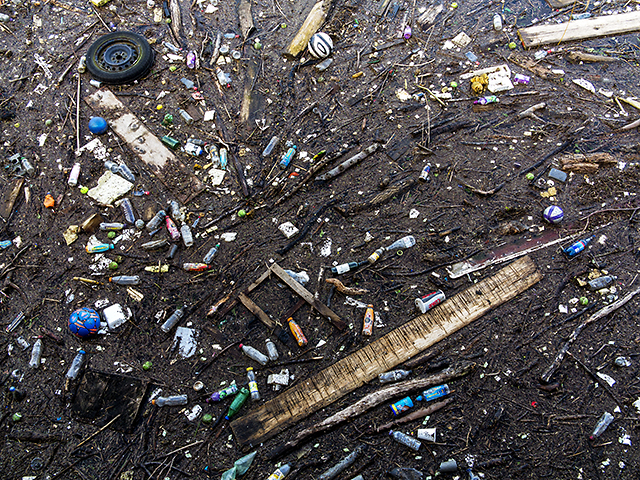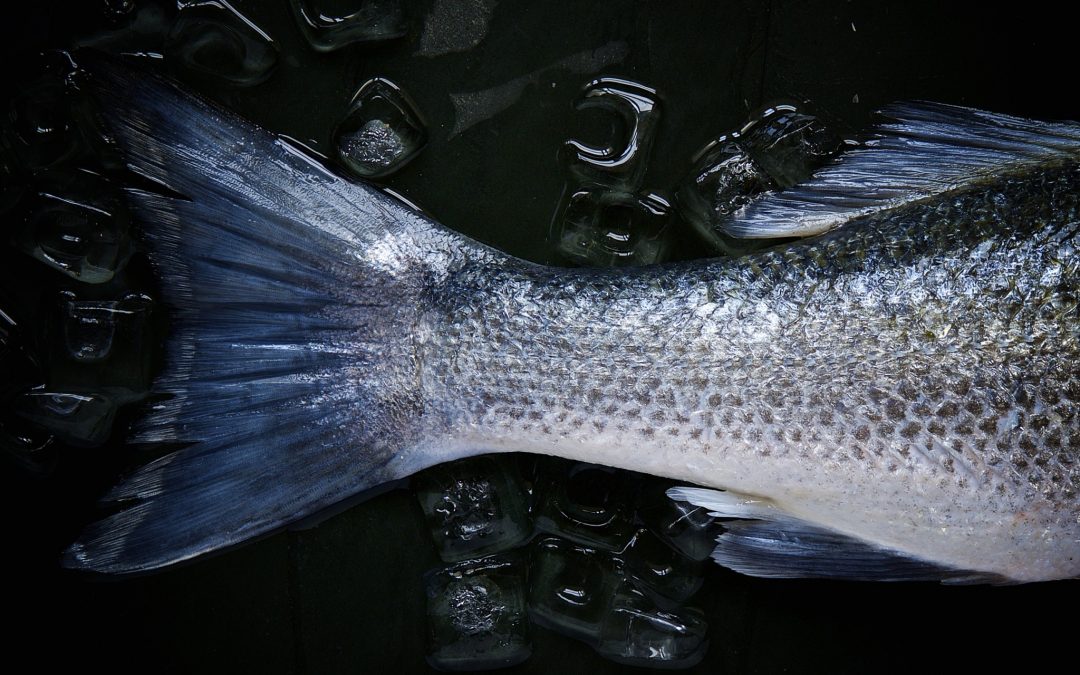There are few foods considered by the general public to be as consistently healthy as a filet of fresh cut fish.
But a recent study on the wild-caught fish we consume shows there may be more in these fish than just Omega-3 and protein.
It is common knowledge for biological scientists that chemicals consumed by primary consumers (think insects—or in this case tiny fish) stay in the food chain as predators absorb them from their prey. The chemical compounds accumulate in the predator as it eats the affected prey, meaning it’s the creatures at the top of the food chain that get the highest dose of the unnatural substance. This is the same principle that made the infamous pesticide DDT so dangerous. And its the same principle behind why scientists are beginning to worry about fish consuming plastic trash in the ocean—and the health of the humans who eat them.
Put most simply, fish in the ocean eat plastic—and then we eat them.

Earth’s 5 gyres, all full of trash
And there is a lot of plastic for fish to eat. According to an article on plastic in the ocean written for the New York Times, “plastics are now one of the most common pollutants of ocean waters worldwide… [the ocean plastic accumulates in areas known] as gyres, which comprise as much as 40 percent of the planet’s ocean surface—roughly 25 percent of the entire earth.”
To make matters worse, it is not just the chemicals originally in the plastics that the fish are consuming.
According to this NPR article regarding fish consumption of ocean plastic, “Plastics — when they end up in the ocean — are a sponge for chemicals already out there.“
This means that as the plastic of, say, a plastic shopping bag breaks down in the ocean, it is also absorbing all of the chemicals that surround it—leaking from other bits of trash, from runoff, from any spills off of ocean liners, etc. And then these broken down, bite-size pellets of chemicals are gobbled up by little fish mistaking them for their natural food sources.

Overhead photo of one of the trash gyres of the ocean
To find out how this diet of plastic effects the fish that eat them, in 2013 Chelsea Rochman of the Aquatic Health Program at the University of California designed an experiment where she fed three groups of fish three different diets. One group ate normal fish food, one ate a diet that was 10% fresh, uncontaminated plastic and a third ate a diet of 10% plastic from the San Diego Bay that had had plenty of time to soak up whatever contaminants one might find there. Two months later, they tested the fish and found (unsurprisingly) that the third group and their ocean plastic diet had much higher levels of pollutants in their bodies than the other two groups.
Rochman summarized her findings by stating, “We found that when the plastic interacts with the juices in the [fish’s] stomach, the chemicals come off of plastic and are transferred into the bloodstream or tissue.” [NPR]

It is impossible to tell what is inside a fish from the outside
A different study performed by Rochman in 2015 found that about 1 in 4 fish sold at market in Indonesian and California had plastic particles in their guts—which according to Rochman’s earlier study would also mean they had pollutants in their bloodstream. What this explicitly means for human consumers is still unknown, but if our experience with DDT is any indicator, it is likely that if and when we eat these wild-caught fish, the pollutants in their bodies are transferred to ours.
If this is concerning to you, your first thought may be to consider eating less fish in your diet, especially if you are living in Northwest Arkansas. For island and coastal communities around the world, however, fishing is a way of life passed down for generations, and a primary source of nutrition. Eating less fish is simply not a realistic option for millions of people.
The jury is still out on how these new discoveries will change our understanding of the health benefits—and health costs—of consuming wild-caught fish. One thing is for certain though; the ocean already has enough trash in it as it is. Simple ways that you can reduce your own personal impact on ocean-going trash include cleaning up litter you see, recycling as much as possible, and reducing your consumption of plastic.
